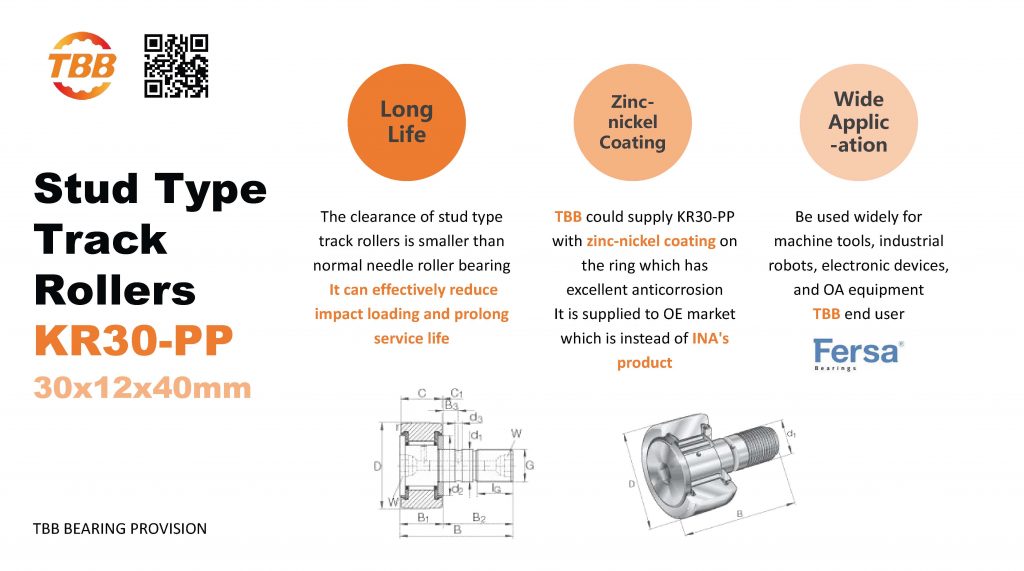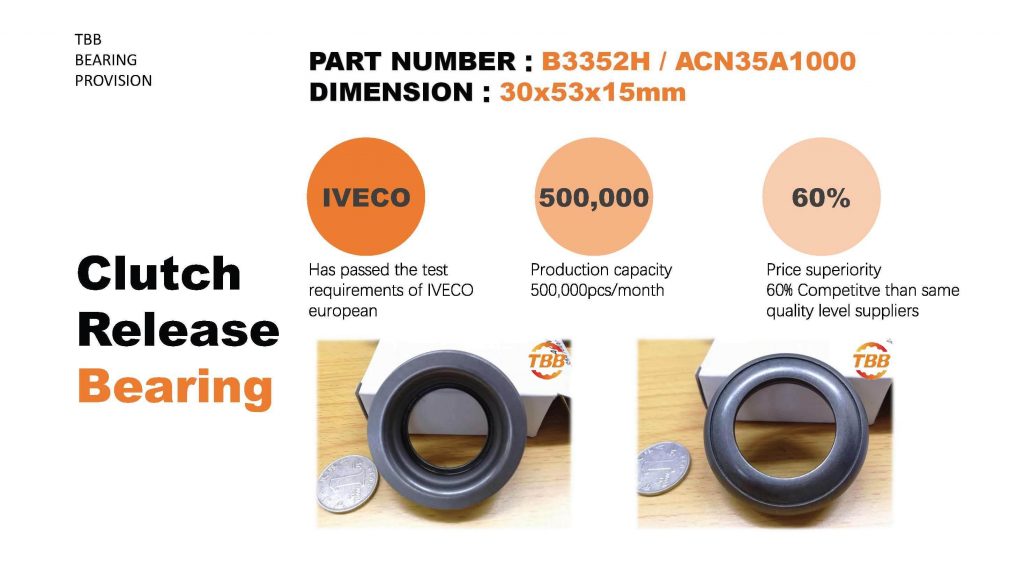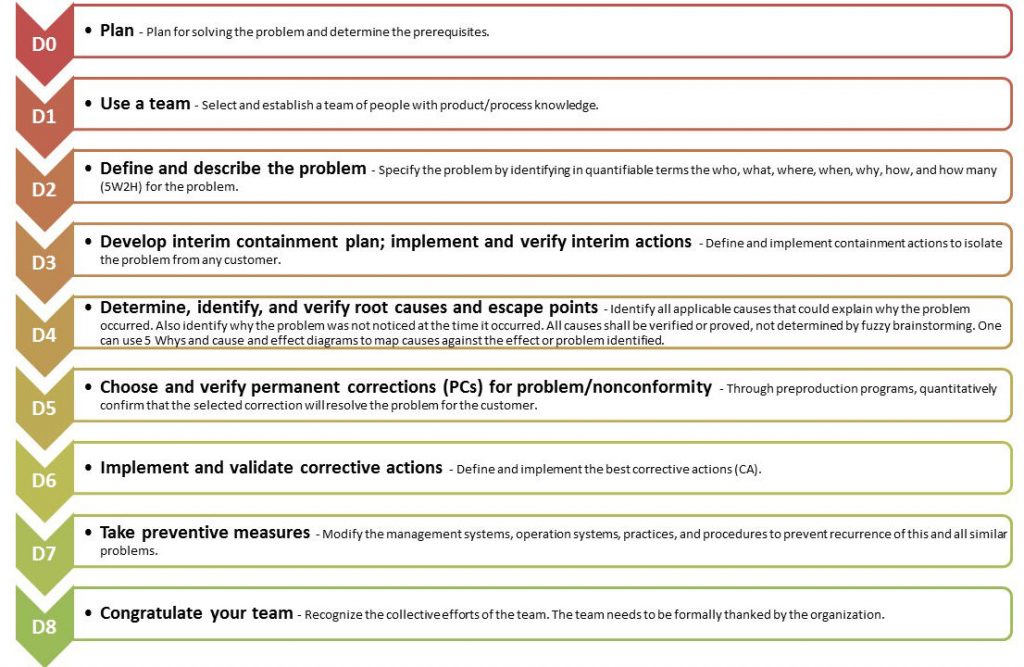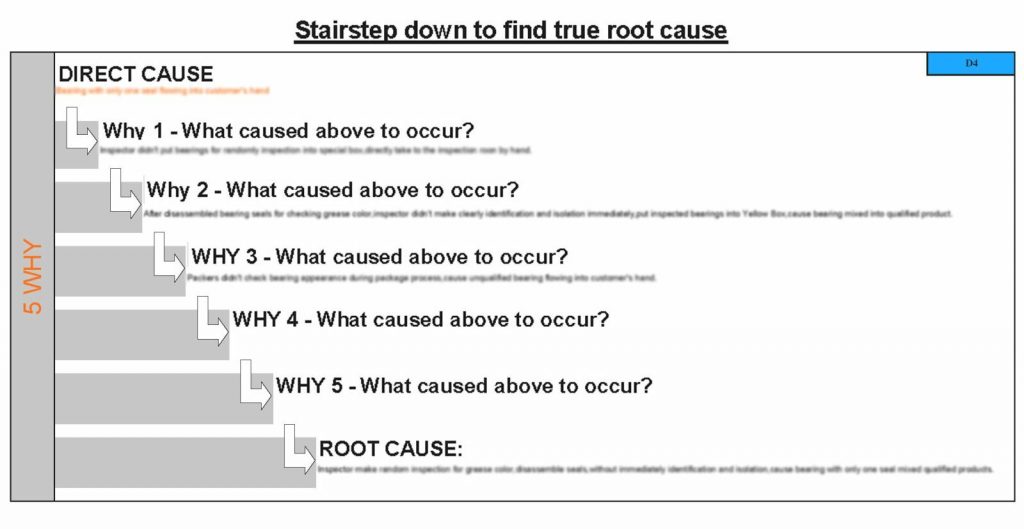● What is 8D Problem Solving?
When a claim exists and the customer issues you壯陽藥 a corrective action, what should you do? No doubt, you should follow the 8D (Eight Disciplines) problem-solving methodology system that is designed to find the root cause of a problem, devise a short-term fix and implement a long-term solution to prevent recurring problems. When it’s clear that your product is defective or isn’t satisfying your customers, an 8D is an excellent first step to improving Quality and Reliability.
The strength of the 8D process lies in its structure, discipline, and methodology. 8D uses a composite methodology, utilizing best practices from various existing approaches. It is a problem-solving method that drives systemic change, improving an entire process in order to avoid not only the problem at hand but also other issues that may stem from systemic failure.
8D has grown to be one of the most popular problem-solving methodologies used for Manufacturing, Assembly, and Services around the globe.
● Why apply 8D Problem Solving?
After notification of a problem, your customer expects you to take the appropriate steps in a timely manner to resolve that problem. The quicker you address the issue, the more satisfied your customer. A thorough 8D problem solving corrective action has these additional benefits:
- It can strengthen the bond between your company and your customer.
- It can improve sales with your customer.
- It opens a new line of communication between your company and your customer.
- It prevents defects from escaping at your location.
- It corrects defects which saves you money.
- It helps guide you in future improvement efforts.
- For these reasons, you should follow the 8D problem-solving technique.
● When to apply 8D Problem Solving?
The 8D problem-solving process is typically required when:
- Safety or Regulatory issues have been discovered
- Customer complaints are received
- Warranty Concerns have indicated greater-than-expected failure rates
- Internal rejects, waste, scrap, poor performance or test failures are present at unacceptable levels
● 8D Problem Solving Methodology Steps
● 8D and Root Cause Analysis (RCA)
The 8D process has Root Cause Analysis (RCA) embedded within it. All problem-solving techniques include RCA within their structure. The steps and techniques within 8D which correspond to Root Cause Analysis are as follows:
- Problem Symptom is quantified and converted to “Object and Defect”
- Problem Symptom is converted to Problem Statement using Repeated Whys
- Possible and Potential Causes are collected using deductive tools (i.e. Fishbone or Affinity Diagram)
- Problem Statement is converted into Problem Description using Is / Is Not
- Problem Description reduces the number of items on deductive tool (from step 3)
- Comparative Analysis between the Is and Is Not items (note changes and time)
- Root Cause theories are developed from remaining possible causes on the deductive tool and coupled with changes from Is / Is Not
- Compare theories with current data and develop experiments for Root Cause Verification
- Test and confirm the Root Causes






No Comments